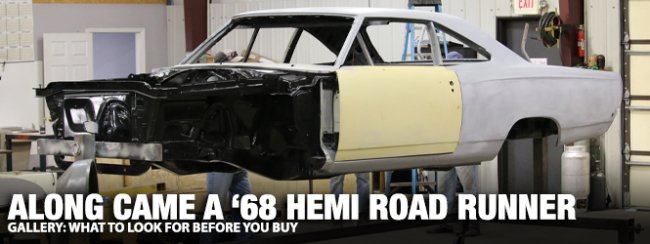
Out of nowhere we got a call from someone we have never met, saying, “Somebody that knows you gave me your number. He said you might be interested in a 1969 numbers-matching Hemi Plymouth Road Runner project car with all of the metal work already done. It’s an early post car that is factory black with a silver interior. Most of – if not all – the parts are there. We really need to find it a new home. Can you help?”
If you have been in this hobby as long as we have, you learn that most of the time things are not as they seem to be. Like Grandma used to say, “If it seems too good to be true, it probably is.” But as we talked further, we found out the car was owned by no other than Forrest Pitcock, the last surviving member of the “Golden Commandos” factory racing team, and member of the Music City Mopar Club. Additionally, the car was only an hour or so away. So, we made an appointment to go see it with much anticipation.
Above: This is the plan of action we recommend to anyone who comes across an unknown car that they are serious about taking home. You start with seeing any and all paperwork associated with the car and then go step by step over the physical parts of the car.
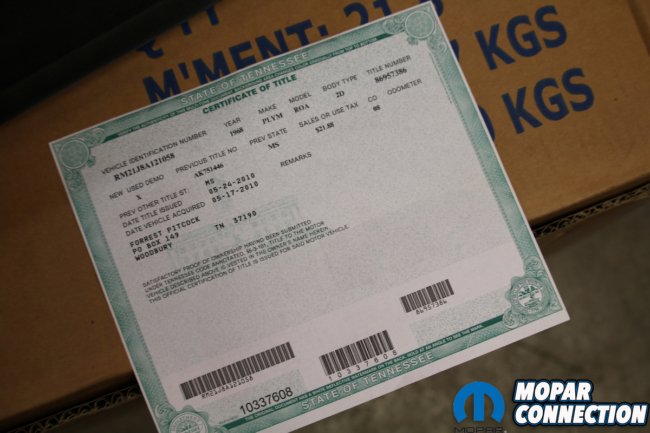
Above: Does it have a current clear title in the seller’s name. Does the VIN on the title match the VIN tag on the dash, and does the VIN tag look original and unmolested? (see below) On this car? Yes.
If you ever find yourself in a similar situation, it’s important to know exactly what to look for. Sadly, there’s been no shortage of folks purchasing what they thought was a very rare car only to find out it wasn’t all that it was cracked up to be. So first of all, you do your homework in advance before you even see the car. So, for the average guy, what does that involve? We have made it simple if you have a copy of our book from CarTech publishers, Mopar B-body Restoration 1966-1970 (click the link to purchase a copy).
In it, we included an entire chapter devoted to documenting the numbers before pulling the trigger on one of these muscle cars. In our recent experience with this Hemi Road Runner, we came armed with our book and a camera in hand, making our way to the shop where it is located. There, we meet Dave Mathewson, the current caretaker (owner) of the Hemi ‘Runner. What a great straight up, honest, guy he turned out to be. Fortunately, he does understand that this real Hemi car needs to be saved and restored to factory original.

Above: Does the car have an original, not reproduced fender tag that came with the car. On this car? Yes. The tag is in bad shape but is original to the car.
Does the car have build sheet? How much of it is readable? And is it original not reproduction? On this car? No. Fortunately, since it is a base, “post” roof Road Runner without any special options you can pretty much know what the car came with from the factory.
Next, check the numbers stamped on the car; check the radiator support and the left rear trunk lip. The number from the fender tag will be stamped in these two places. On this car? Yes and No. The number was correctly stamped on the back side of the radiator support with the correct factory font. But when they replaced the drivers quarter panel the failed to remove the number. We looked for the old metal, but it was long gone. That’s not a “deal breaker” but unfortunate it wasn’t saved.
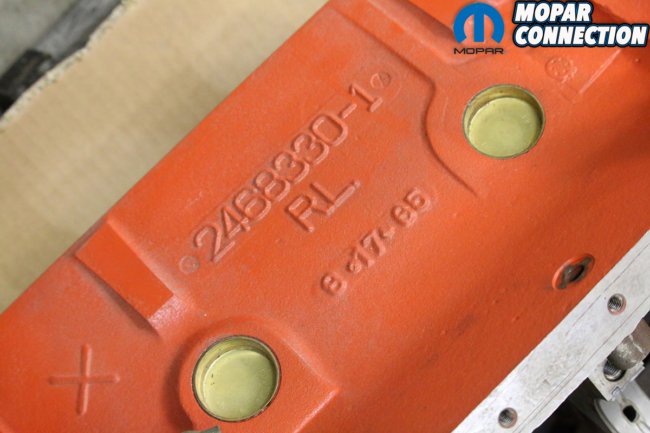
Above: Check the casting date of the block. Since it is an early 1968 Hemi the block was a 1966 casting. That is common with these Hemi engines.
Above: Check the assembly date stamped on the pad on the top of the block. (Not shown) Check the pan rail for the VIN. Since this is a 1968 car it will not have the entire VIN stamped on the engine. On this car? Yes. All correct. (Also, be sure and carefully check these numbers to make sure they have not been restamped.)
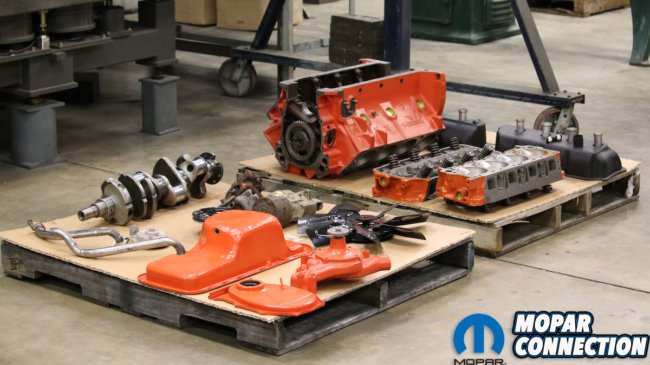
Above: This particular engine is not assembled but all the machining has been done under the watchful eye of Forrest Pitcock. We think this is a real plus so the new owner can be sure the engine is assembled correctly and not get an engine that will have major problems after it is installed.
Transmission: Check the passenger side pad for the VIN. On a 4-speed, the pad will also have the assembly date, on an automatic that number along with the part number will be on the driver’s side of the transmission on the pan rail. On this car? No, the transmission is not original to the car.
Above: Check the front suspension for the correct K-member. This one is correct and complete with Hemi motor mounts, skid plate, and sway bar.

Above: This car should have a 8¾ rear end even though it is a Hemi. The rear springs were correct ones with additional leaves on the passenger side. The drive shaft is correct and after inspecting the body almost all of the metal has been replaced.
Above: Fenders, hood, and trunk lid are all new. The car is ready for final body work and paint.
Above: Check all remaining loose parts and make a list of what is there and note anything that is missing. Original parts have date codes and part numbers and have a direct impact on the value of the car if they are all there. On this car? Yes, not only are the original parts there but many extra parts go with the car.
Honestly, we would love to make this car the next detailed original project restoration for the Mopar Connection Magazine, but none of us are in a position to make that happen right now. So, we are passing the information on to all of our readers and hope that one of you will take up the torch and see this project to completion.
The owner Dave Mathewson of Tullahoma, Tennessee and has authorized us to share his contact information with you. His cell phone is (931) 581-0447. (And please no “tire kickers.”) Pass the word, this car needs to be saved and restored correctly. After all, there aren’t very many of these left. And if you do score this piece of Mopar history let us know. We would love to keep sharing its ongoing story with all of you!



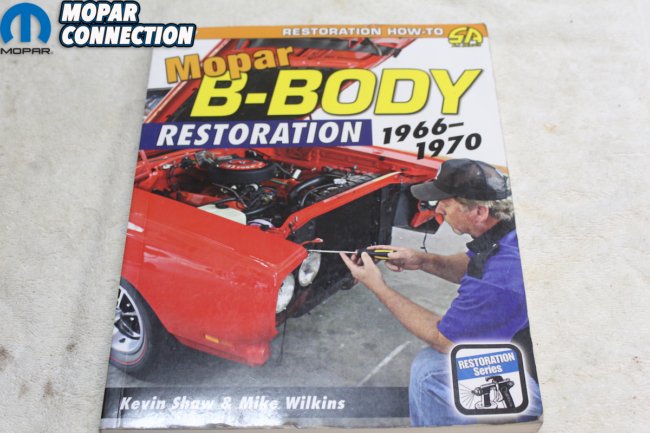
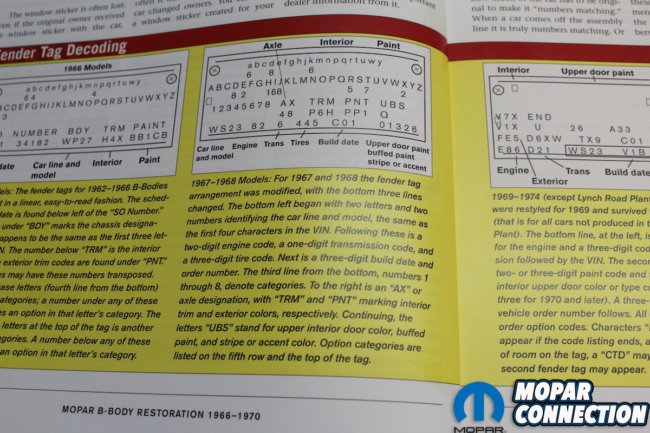
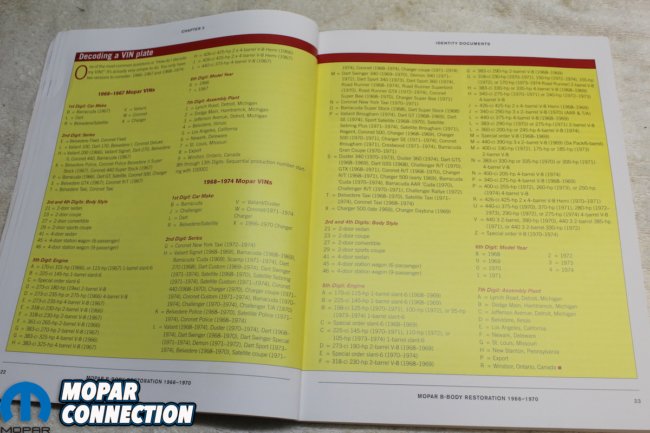
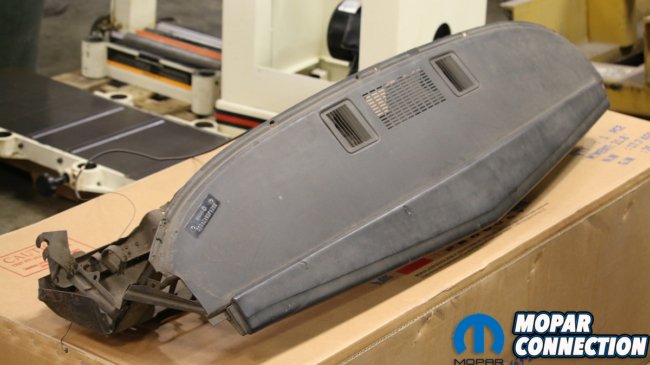

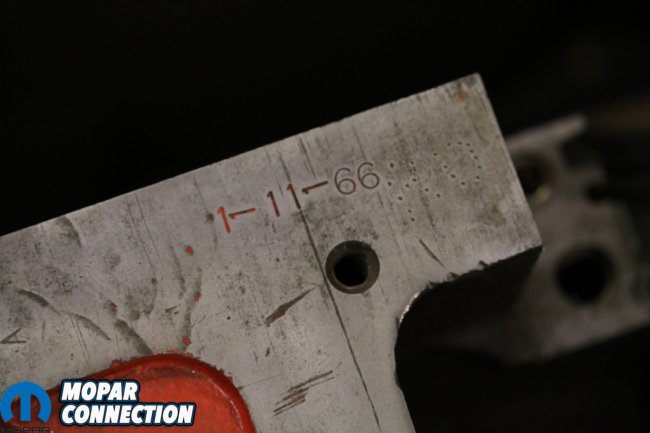
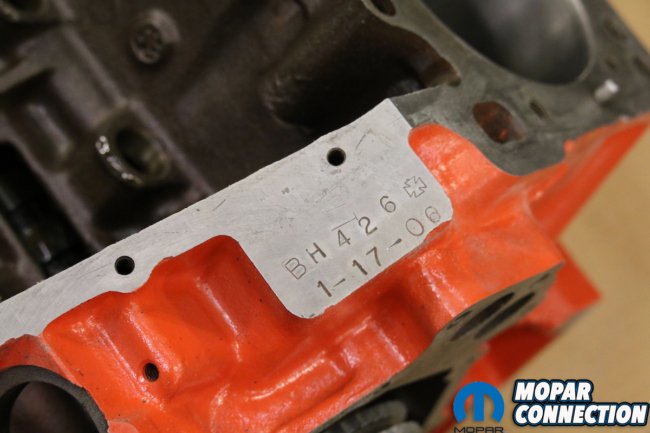
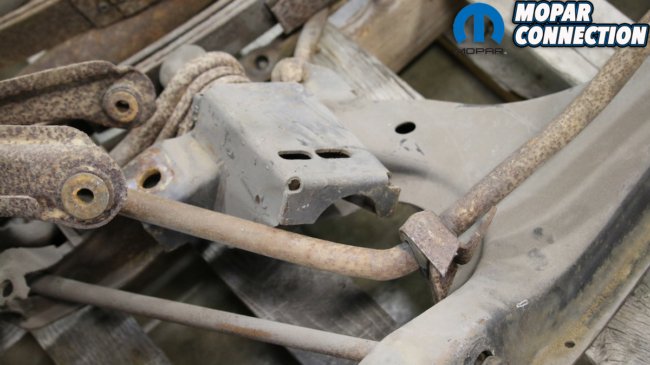


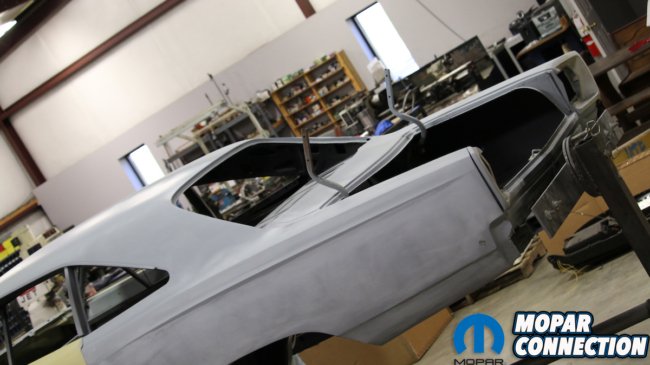
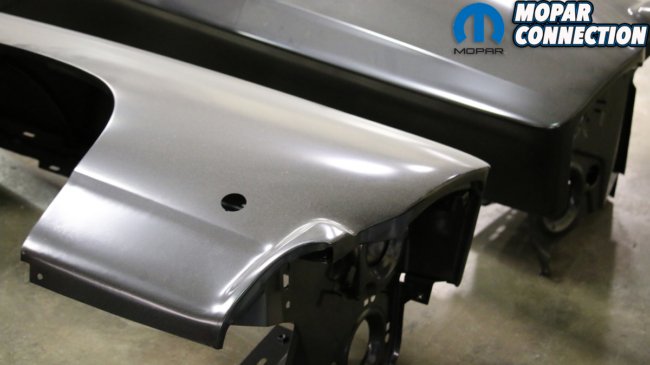











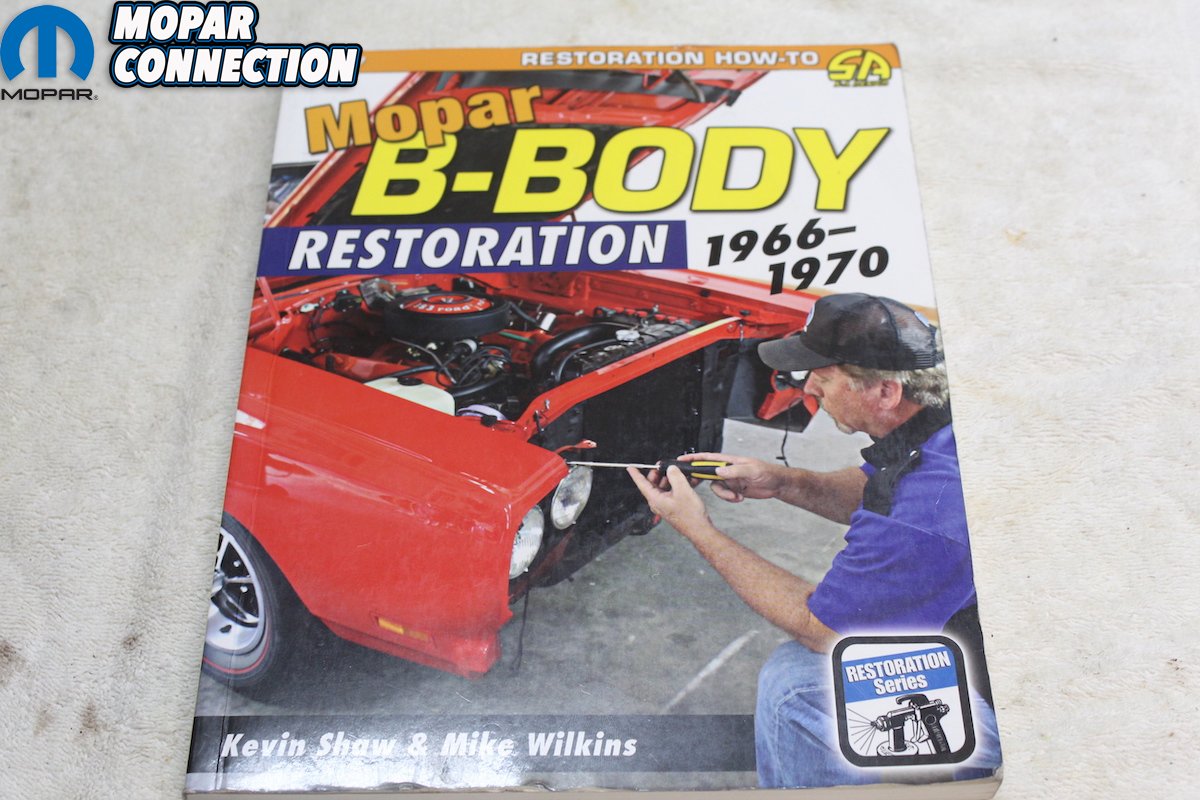
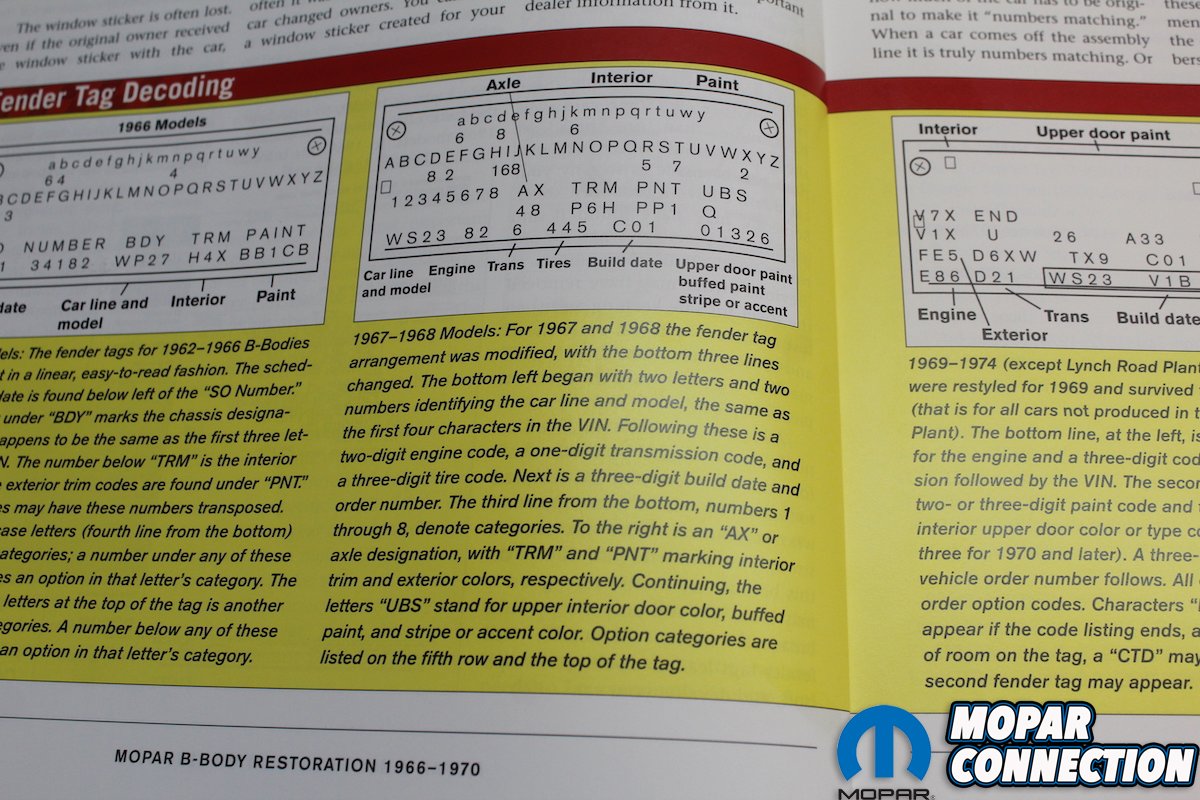



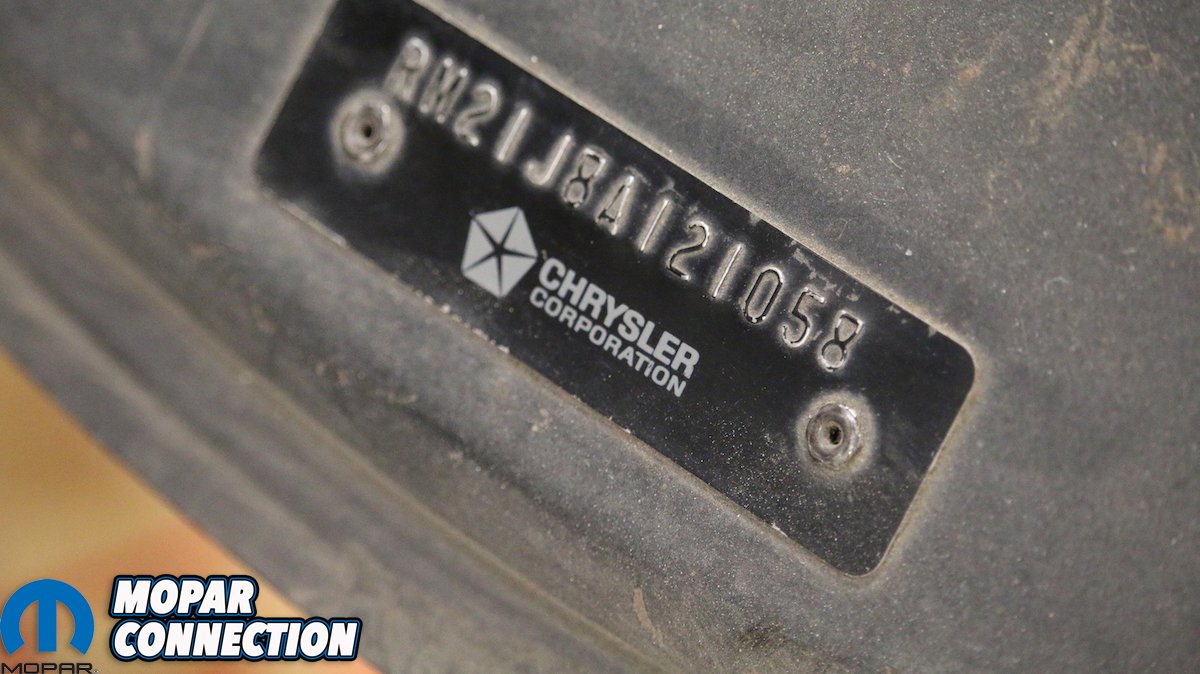














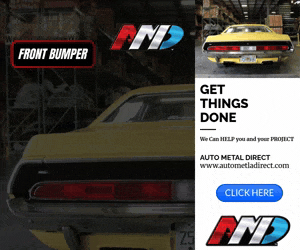


What Mopar Conn Magazine is saying is that we cant afford this Runner, so we’ll pass it on to Mr. Moneybags out there.
LOL, not exactly. It was just another massive project we didn’t want to take on. It needs to be done “right” by the “right” guy.